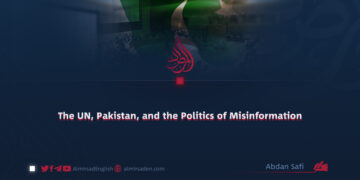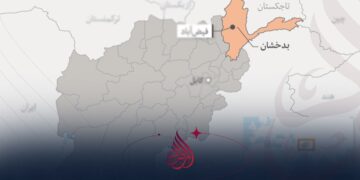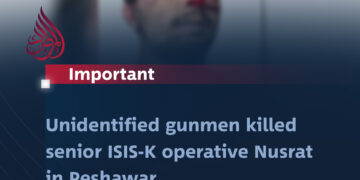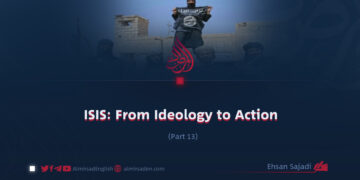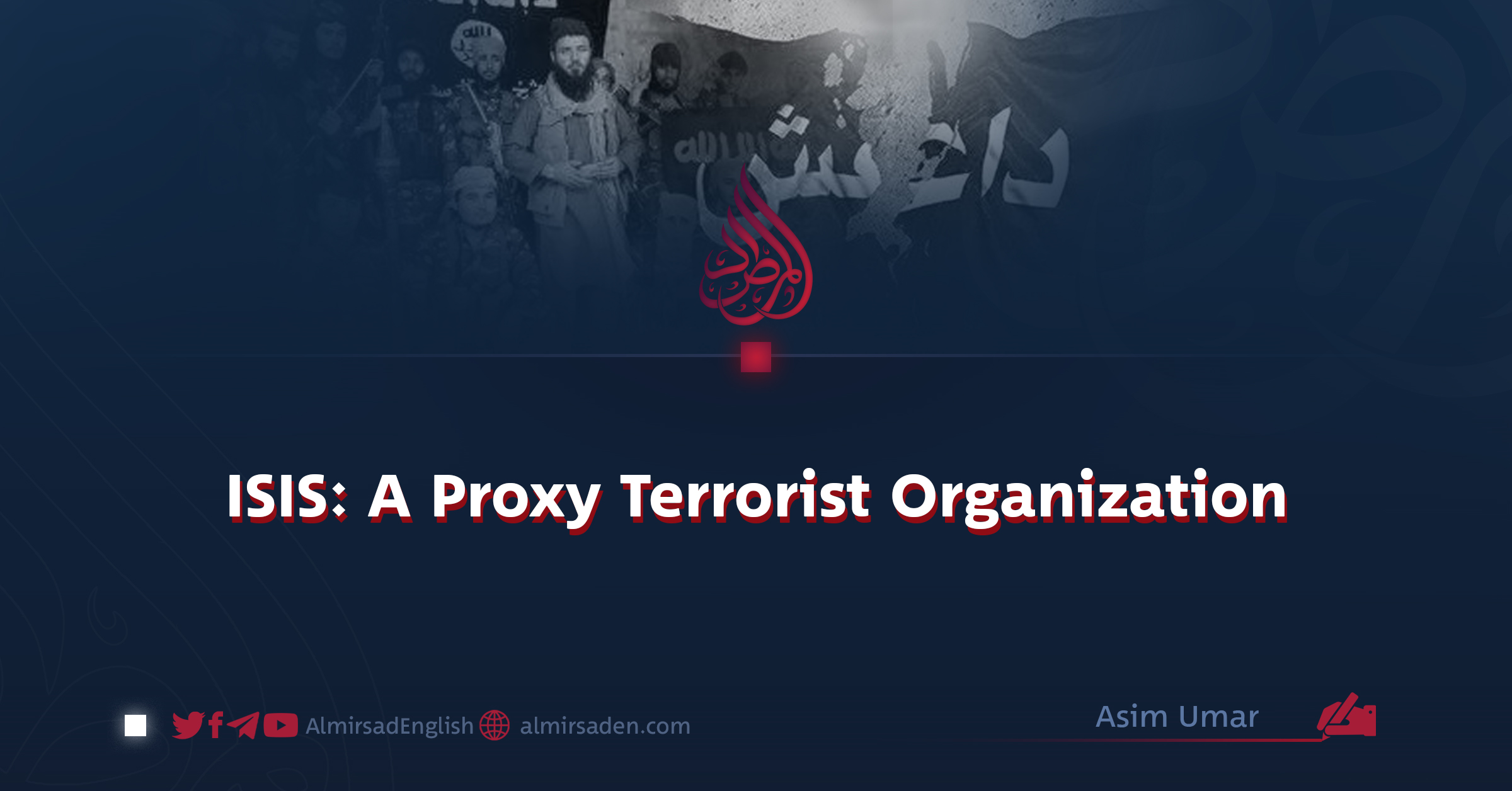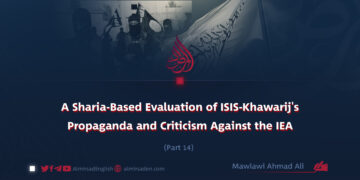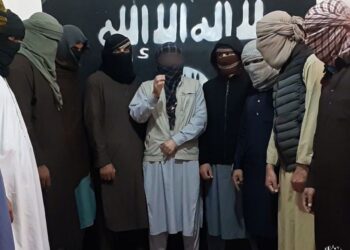Written by: Asim Umar
From Kurram to the attack on the Khānqāh in Baghlan, and now the assault on the Minister of Refugee Affairs—spreading fear in the region, amplifying the ISIS project, and attempting to ignite sectarian strife are deliberate strategies under the guise of ISIS. These include targeted plans to alienate Muslims from their places of worship, as well as the assassination of prominent figures and scholars in Afghanistan. Such actions are part of a broader scheme provided by external intelligence agencies to destabilize the region through ISIS.
In exchange for safe havens, training camps, financial support, and logistical assistance, this proxy group conducts attacks on sacred sites and prominent individuals. Illustrations encompass assaults on khanqahs, madrasas, mosques, tourists in Bamyan, the Shia community in Ghor, and, most recently, the assault on Khalil-ur-Rahman Haqqani.
At the funeral of Khalil-ur-Rahman Haqqani, Mawlawi Amir Khan Muttaqi revealed that based on credible intelligence, the last six attacks in Afghanistan were planned in a foreign country.
The primary objective of these attacks is to destabilize Afghanistan. Furthermore, these acts are executed by ISIS mercenaries to tarnish Islam’s image.
Attacks on Shia mosques and Muharram ceremonies aim to incite sectarian conflict, while the attack on Khalil-ur-Rahman Haqqani was designed to spread fear. ISIS extremists use such strategies to justify their presence in the region by creating chaos and provoking conflict among religious minorities. However, this group has become a source of division among Muslims and is widely despised.
For ISIS as a proxy group, the identity or motive behind their targets is irrelevant. Their primary aim is to instill fear, captivate public attention with ISIS-related narratives, and amplify existing issues among religious minorities. They operate wherever they identify opportunities to effectively execute their plans.
The origin of these sinister plots became even clearer when, shortly before the attack on Khalil-ur-Rahman Haqqani, certain foreign intelligence-linked media outlets released suggestive messages and later deleted them after the attack. This shows how ISIS operates as a proxy group for some countries, threatening the region to maintain their influence.
These intelligence networks, utilizing ISIS extremists, diligently work to heighten sectarian tensions in Asian countries. Their objective is to garner global attention and prematurely disseminate divisive issues among Muslims. Subsequently, Crusaders invest in bolstering these points of discord and exacerbating the ensuing conflicts.



